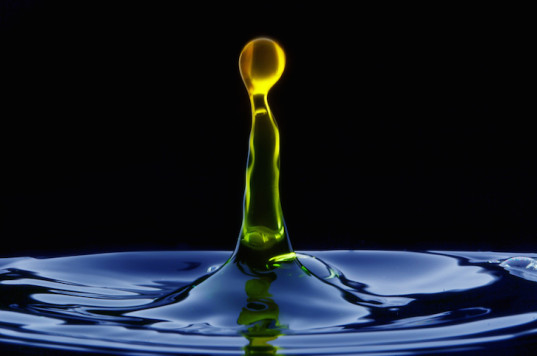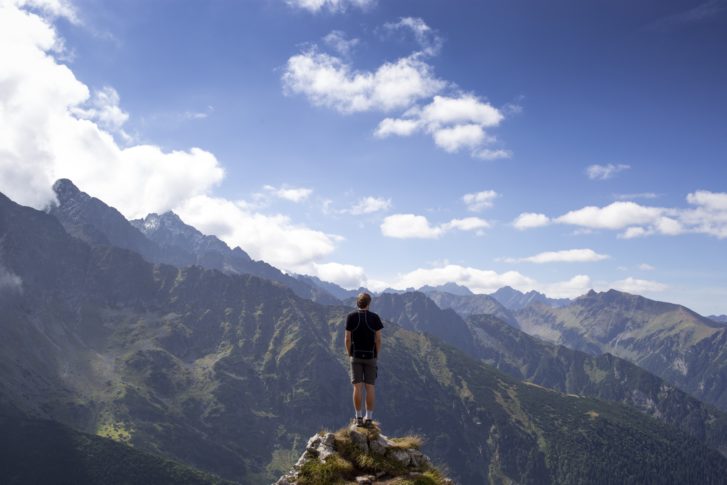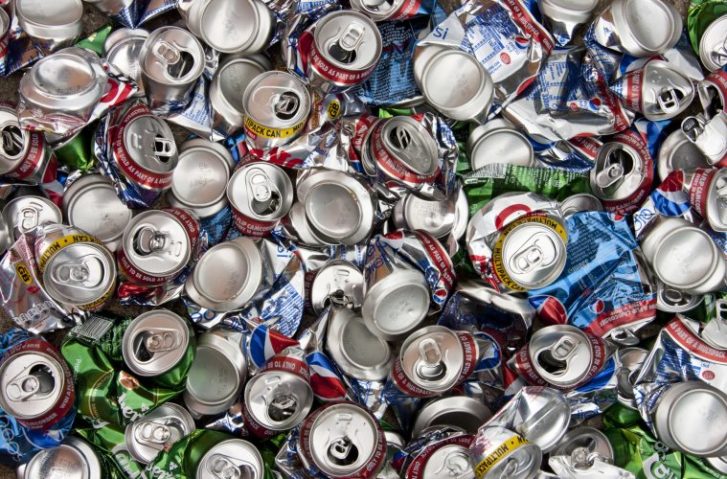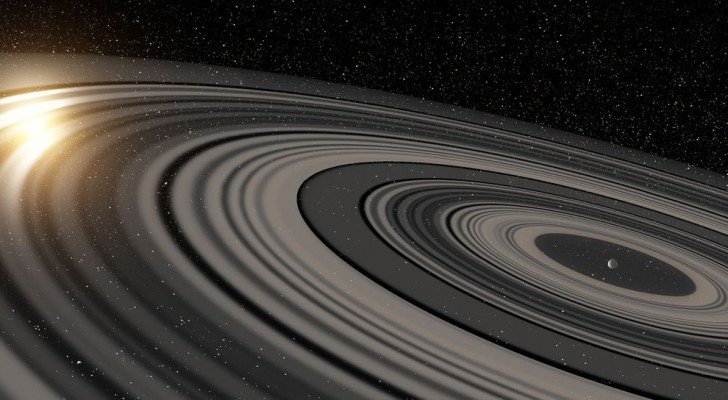Introduction
Solar water distillation is a very old technique; the earliest large-scale solar unit was built in 1872 to supply the mining community in Chile with drinking water. This process has been used for emergency situations including the introduction of inflatable stills for life boats by the navy.
This is a relatively simple treatment for salt water, brackish and much polluted water. Distillation is one of many processes that can be used for water purification, and a heating source.
There are a number of different types of Solar Distillation, but these are the ones that I have worked with. I originally found the research on the first method and I made it as they designed it but I had another idea wish increased the amount of water purified.
Method 1
Distillation is a process where water is evaporated, by vapor condensation, to purify water. This process removes salt and other impurities, leaving the water pure.
During this process the sun’s energy is harnessed by using a glass surface, which generates the energy needed to fuel the evaporation.
The walls of the Unit are lined with foil, on the sides and black plastic at the bottom, this ensure optimum heat generation from the suns direct rays.
The water level should be no more than 30mm deep, but the best performance are reached between 20mm and 25mm.
The lid of the Unit should be made of glass, and should be set at a 35 to 40 degree angle, to ensure easier run-off. The glass will be cooler than the water below, and therefor will allow the condensation to set into droplets, which will then run along the glass lid and be caught in the catchment tray.
All drinking water is recommended to have 100 to 1000mg/l of salt to maintain electrolyte levels and for taste. Pure distilled water is not at all tasty, and some saline water may need to be added to make it acceptable for drinking.
Method 2
This method is a variation of method 1, which I developed in this fashion to get better and faster results. Using the original build and adding aspects to it made it more effective.
Distillation is a process where water is evaporated, by vapor condensation, to purify water. This process removes salt and other impurities, leaving the water pure.
During this process the suns energy is harnessed through a solar panel(s). The solar panels generate the energy needed to fuel the elements, which raise the water temperature, causing a faster evaporation effect.
The Sun’s energy is stored in a battery that makes the process efficient and effective. During the day it runs on the solar energy and the excess are stored to the batteries. During the night energy are drawn from the batteries and replenished in the day. This also helps on cloudy days. This method causes a continual and even temperature, even when there is no sun.
The secondary part is that the sun also radiates heat in through the glass lid which in turn also helps raise the heat inside the unit, making evaporation faster and more effective.
The walls of the Unit can be lined with foil or not, since the elements do not need to use the added reflection. Only the black plastic can be used on the bottom and sides, this ensures optimum heat generation from the secondary part of this method.
The elements will speed up the heating of the water which leads to a higher distillation load. This will make it more efficient for communities.
The water level should be no more than 60mm deep, but the best performance are reached between 45mm and 50mm. Always ensure that the elements are never exposed, or they will burn out and need to be replaced.
The lid of the Unit should be made of glass, and should be set at a 35 to 40 degree angle, to ensure easier run-off. The glass will be cooler than the water below, and therefor will allow the condensation to set into droplets, which will then run along the glass lid and be caught in the catchment tray.
All drinking water is recommended to have 100 to 1000mg/l of salt to maintain electrolyte levels and for taste. Pure distilled water is not at all tasty, and some saline water may need to be added to make it acceptable for drinking.
Other Purification processes
-Photovoltaic powered reverse-osmosis (There is small-scale equipment available, but expensive)
-Slow sand filtration
Notes on the research of method 1 and 2:
- In experimenting with both methods I have found that the 2nd method are much more effective and produces a larger quantity of pure water. The taste of distilled water is not that great and I have resorted to adding a salt solution to the water, after purification. The amount seem to differ and it depend on the water used, brackish water, distilled need a little less salt solution than water that is sweet. Seawater sometimes does not need added salt, as it sometimes do retain a minimal amount of salt.
- I make the salt solution with previously distilled water, it just work better and you don’t then add more impurities to the water. I also found that Himalayan Salt, is better, which add more minerals to the water.
- The second method has been tested by making a unit as well as creating one out of a bucket kettle. For a start I used a bucket kettle to test the process and it worked well.
- The first method are much slower, and is not effective for a community, but a family of up to 4 will be able to get enough water out of it per day unless it’s cloudy for a week, or in winter and places where it snow and the temperatures are not high.
- The second method is more effective in places that are colder.
- The building of the unit with bricks is more effective, and not more expensive.
- The black rubber paint liner used to seal vehicles, are very effective in sealing the unit on the inside and making it water tight. A leaky unit is not advisable.
- The catchment tray was replaced with plastic gutters which was far more effective than building it with bricks. Make sure the gutters are set at a 30 degree angle to allow effective drainage, also make sure you seal all the links that it does not leak. Fit the gutters with the plastic brackets on the inside of the unit wall.
- The catchment tray need to be set at an 30 degree angle, that run into a plastic holding tank with a tap on the side.
- Another plastic gutter was installed on the outside, also at a 30 degree angle, with an inlet into a plastic holding tank. Make sure you place the grids over the outside gutters to keep any leaves and debris from entering into the rainwater catchment area. You can also install a secondary holding tank smaller than the first that will act as a filter.
- The rain water can be used to add to the unit’s to keep the water levels stable, by placing a simple ball level valve inside the unit. The ball valve will open as the water level drop, replenishing the units water supply. It’s automatically closes when the water reaches the correct water level. Its inexpensive and mostly used in toilets as well as in watering troughs for animals.
- The solar panel and the batteries need to be connected correctly to prevent shorts in the system, as well as for effective use.
- You can either use a kettle element or a geyser element. In my experiment I used both and found that the geyser element was far more effective as it has an inbuilt thermostat, which makes adjusting the water temperature far easier. With the kettle element you had to add a controller that is rather more expensive. The idea is to heat the water so that it evaporate, not boil it to rapidly, that waste a lot of energy, for the same results.
- The building and setup take a little bit of planning and capital, but after that the unit can function for years with minimal repair.
Research done by Helena Marais (Anu) below the origional documentation used to conduct the research, relating to Method 1. Method 2 was an enhancement on Method 1, found to be more effective.
Unfortunately it was done at a time when I did not own a camera so the process was not documented, effectively, through pictures.
Resources:
Originally posted @ New Earth Institute

















